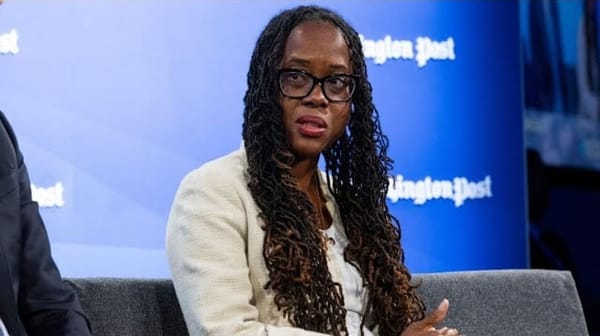Garland McCoy: Make BEAD Deliver Where It Matters Most–Rural America
A rural-first approach would address the core equity and produce tangible, far-reaching benefits for all Americans.
Garland McCoy

When the Infrastructure Investment and Jobs Act was signed into law in November 2021 by President Joe Biden, one of its most widely supported provisions was the Broadband Equity, Access, and Deployment Program. The BEAD program brought with it an unprecedented $42 billion in federal funding and the promise of finally closing the nation’s broadband gap.
Yet, three and a half years later, large swaths of our country remain unserved or underserved by broadband due to a BEAD program that has been mired in bureaucratic red tape and inefficiency.
The Trump administration recently decided to start fresh with the BEAD program by rescinding previously awarded contracts. This presents a perfect opportunity to refocus on rural and agricultural communities that have historically lacked broadband infrastructure.
Washington’s attempts at addressing the digital divide have been a long-standing failure. Despite over $100 billion in federal funds allocated to broadband over the last decade, millions of Americans in rural counties still lack reliable, affordable broadband. Meanwhile, citizens in urban and suburban areas enjoy the benefits of multiple broadband provider options and a competitive marketplace, which ensures fast, scalable networks.
A rural-first approach to BEAD would address the core equity issue the program was designed to fix. More than that, it would produce tangible, far-reaching benefits for all Americans.
High-speed broadband is the backbone of Precision Agriculture — a data-driven approach that helps farmers and ranchers reduce costs, increase yields, and operate more sustainably. With broadband, they can deploy technologies that optimize the use of fertilizer, water, and pesticides, and track livestock health in real time. Consumers benefit too, with greater transparency about the food they eat, while the environment is spared harmful runoff and resource waste.
There’s also a national security case. COVID-19 exposed how vulnerable our food supply chain can be. We need a smart, secure, AI-enabled system to track, manage, and protect our agricultural output — and rural broadband is the infrastructure that makes that possible.
What will it take to turn BEAD into a true success for America? Three things:
- Focus BEAD resources on rural and agricultural regions, where the digital gap is widest and the impact will be greatest.
- Ensure independent, third-party oversight to guarantee funds are used efficiently, with measurable outcomes and minimal waste.
- Commit to long-term infrastructure—networks that support not just today’s needs, but tomorrow’s technologies (RTK-networks, etc.) and supply chain security.
Of course, there's a political reality as well. The post-election map tells the story:
America's rural counties remain underserved, yet essential. Directing BEAD funding where it's most needed isn’t just a policy win — it’s a unifying move that builds trust, strengthens communities, and ensures lasting impact.
Garland T. McCoy, Co-Founder and Executive Director of Precision Ag Connectivity and Accuracy Stakeholder Alliance, is a long-time non-profit veteran in the fields of technology and telecommunication policy having served as Founder and CEO of the Technology Education Institute. Garland was recently an adjunct professor at Syracuse University’s iSchool, teaching information policy and decision making, and can be reached at [email protected]. This Expert Opinion is exclusive to Broadband Breakfast.
Broadband Breakfast accepts commentary from informed observers of the broadband scene. Please send pieces to [email protected]. The views expressed in Expert Opinion pieces do not necessarily reflect the views of Broadband Breakfast and Breakfast Media LLC.










